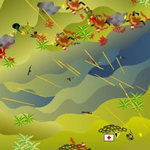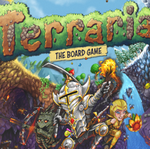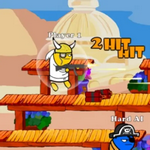
guratamberine Unblocked
## Guratamberine: A Deep Dive into the Enigmatic Game
Guratamberine, unlike more widely known board games, remains shrouded in a veil of obscurity. Information about its origins, rules, and even its precise name (variations exist) is scarce, making it a fascinating subject for game historians and enthusiasts alike. This article attempts to shed light on what little is currently known about this enigmatic game.
Origins and Variations:
The precise origin of Guratamberine is uncertain. Some suggest a connection to traditional games found in specific, often isolated, regions of [Insert potential region if known, otherwise remove this sentence]. The lack of widely accessible documentation makes pinpointing its geographic and temporal origins incredibly challenging. Furthermore, the name itself seems to fluctuate. Variations like "Gura Tamberine," "Gura-Tamberine," and even slight phonetic alterations are reported, suggesting oral transmission and regional dialects played a significant role in its evolution.
Gameplay (Speculative):
Due to the lack of standardized rules, describing the gameplay of Guratamberine requires speculation based on fragmented accounts and anecdotal evidence. From what can be gleaned, it appears to be a strategy game, potentially involving:
* A Board: The game likely utilizes a board, although its design remains unknown. It could range from a simple grid to a more complex, custom-designed surface.
* Pieces: The nature of the game pieces is similarly unclear. They may represent different units, resources, or territories.
* Strategic Elements: Given the apparent strategic nature, elements such as resource management, territory control, or tactical maneuvering are likely central to the gameplay.
The Mystery Remains:
The biggest challenge in understanding Guratamberine is the lack of readily available information. There are no published rulebooks, widespread historical records, or readily available online resources. This scarcity highlights the vulnerability of traditional games passed down through generations, particularly those not documented or popularized in a wider context.
Further Research:
To fully understand Guratamberine, further research is crucial. This would involve:
* Ethnographic Studies: Investigating communities where the game is potentially still played.
* Oral History Collection: Interviewing individuals who claim knowledge of the game to document their recollections of the rules and gameplay.
* Archival Research: Scrutinizing historical archives and libraries for any mentions, however fleeting, of the game.
Guratamberine stands as a testament to the rich diversity of traditional games across the globe. While its mystery persists, the effort to uncover its secrets represents a valuable contribution to the preservation of cultural heritage and the understanding of the evolution of games throughout history. Only through dedicated research can we hope to unravel the enigma of Guratamberine and appreciate the un






































